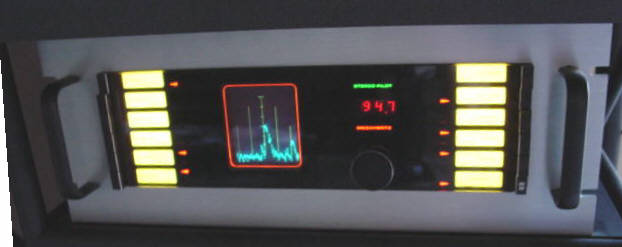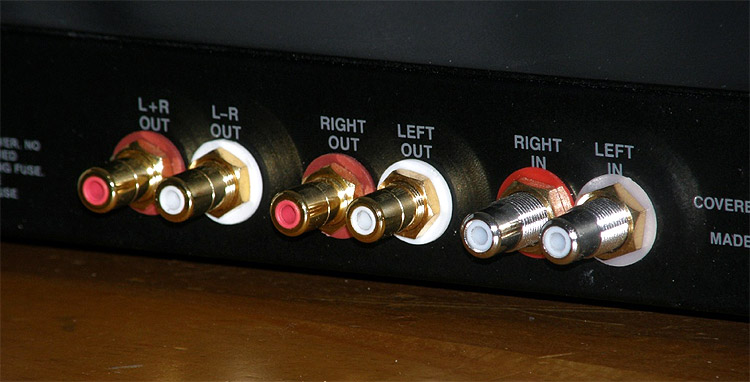birchoak
Hi-Fi Nut
This thread is for any hi-fi component that has an uncommon feature. It need not be a rare, one-of-a-kind thing, just something that tickles your fancy. Here are some examples:
1. Bose Spatial Control Receiver. Bose can be a four-letter word here, for better or for worse, but the original 100 watt Spatial Control Receiver had a very cool trick. After flipping an innocent-looking switch on the rear panel, you could turn the receiver on and off merely by touching any two adjacent letters on the Bose emblem on the front panel. This gentle touch would activate a rather large solenoid inside the case, awakening the beast.
2. NAD 7000 Monitor Series Receiver. Every time you turn the 7000 on, it automatically reverts to LOW LEVEL listening, effectively protecting the amp and speakers from accidental high volume at startup. While some may find this feature irksome, I welcome it and wish more hi-fi equipment had this kind of intelligent design.
3. Scott R74S Receiver. This receiver, which I'll wager most people have not seen, let alone heard, is a gem. If you get the chance to slide out the top cover on an R74S, you will find that the inside is virtually dust-free because there are no vents in the lid. "But it will cook itself to death!," I hear you yelling. Well, the lid is solid aluminum, as is the entire internal chassis, and Scott mounted the output transistors on big heat sinks on the rear panel. It has never overheated. It also has an IEC power inlet so changing power cords is very easy.
4. Yamaha CR-800 (I believe the CR-1000 and CR-600 share these features, too). Don't you hate negotiating horrible, dense tangles of wiring, tuner dial stringing precariously close to things that need soldering, and overall, cramped working conditions in a chassis? The CR-800 has special red screws on its chassis. Once they are removed, you can swivel the entire front face, tuning dial and all, forward and away from the rest of the innards. The rear panel does the same thing.
Tell us about some cool features on your gear!
1. Bose Spatial Control Receiver. Bose can be a four-letter word here, for better or for worse, but the original 100 watt Spatial Control Receiver had a very cool trick. After flipping an innocent-looking switch on the rear panel, you could turn the receiver on and off merely by touching any two adjacent letters on the Bose emblem on the front panel. This gentle touch would activate a rather large solenoid inside the case, awakening the beast.
2. NAD 7000 Monitor Series Receiver. Every time you turn the 7000 on, it automatically reverts to LOW LEVEL listening, effectively protecting the amp and speakers from accidental high volume at startup. While some may find this feature irksome, I welcome it and wish more hi-fi equipment had this kind of intelligent design.
3. Scott R74S Receiver. This receiver, which I'll wager most people have not seen, let alone heard, is a gem. If you get the chance to slide out the top cover on an R74S, you will find that the inside is virtually dust-free because there are no vents in the lid. "But it will cook itself to death!," I hear you yelling. Well, the lid is solid aluminum, as is the entire internal chassis, and Scott mounted the output transistors on big heat sinks on the rear panel. It has never overheated. It also has an IEC power inlet so changing power cords is very easy.
4. Yamaha CR-800 (I believe the CR-1000 and CR-600 share these features, too). Don't you hate negotiating horrible, dense tangles of wiring, tuner dial stringing precariously close to things that need soldering, and overall, cramped working conditions in a chassis? The CR-800 has special red screws on its chassis. Once they are removed, you can swivel the entire front face, tuning dial and all, forward and away from the rest of the innards. The rear panel does the same thing.
Tell us about some cool features on your gear!






